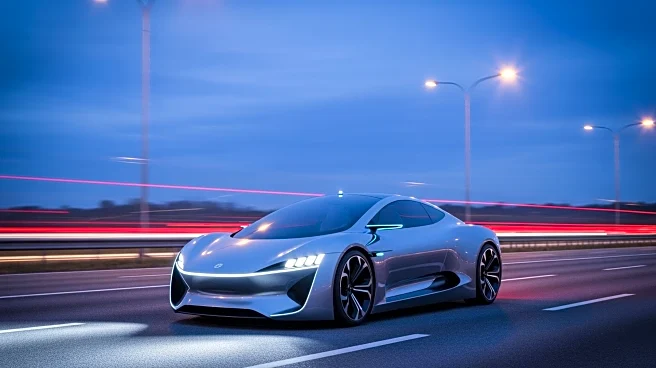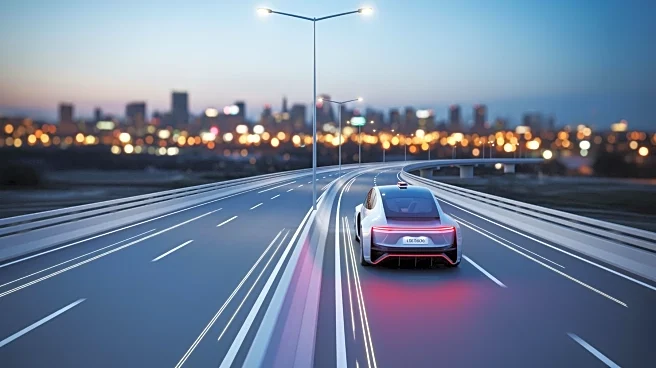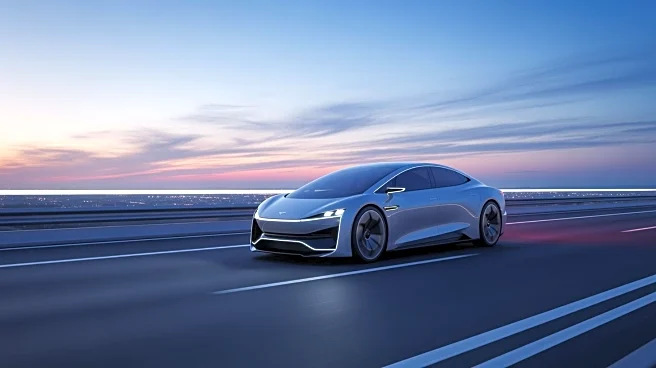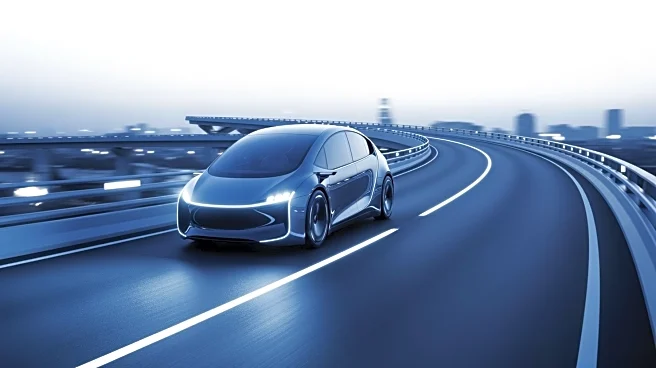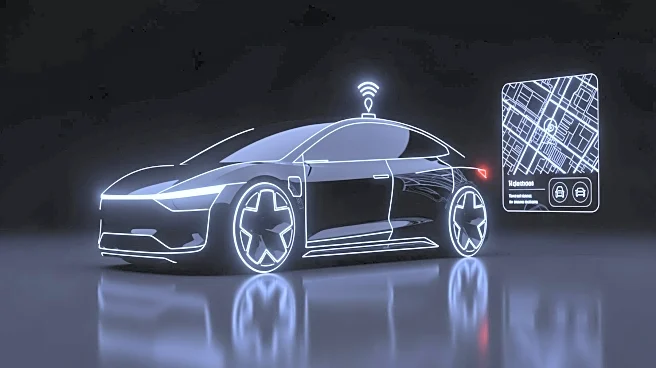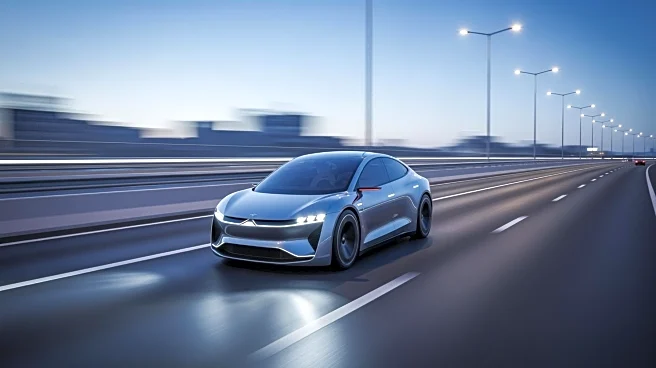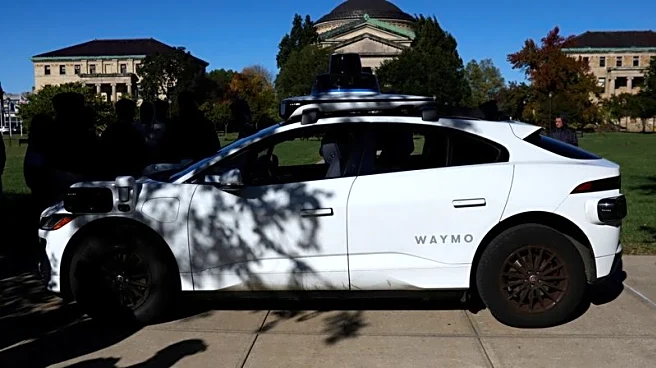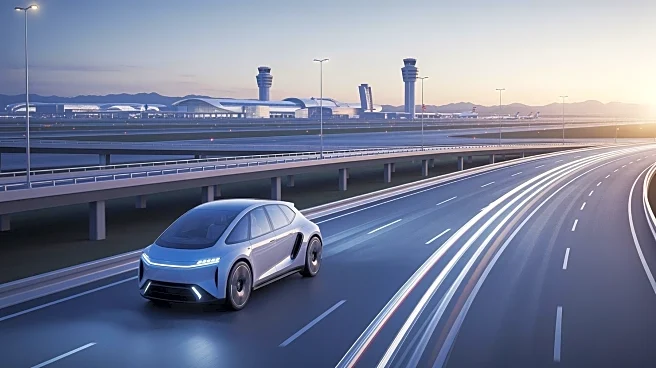What's Happening?
Waymo has begun offering fully autonomous rides on major freeways in San Francisco, Los Angeles, and Phoenix, countering Tesla CEO Elon Musk's previous criticism. Musk had argued that Waymo's use of lidar
and cameras leads to sensor contention, making highway driving unsafe. However, Waymo's fifth-generation autonomous driving platform, equipped with multiple sensors, has successfully navigated freeway routes, reducing commute times without incidents. This marks a significant milestone for Waymo in expanding its autonomous vehicle capabilities and challenging Musk's stance against lidar technology.
Why It's Important?
Waymo's successful deployment of robotaxis on highways represents a major advancement in autonomous vehicle technology, potentially reshaping transportation in urban areas. This development challenges Musk's criticism and highlights the viability of lidar technology in autonomous driving. It could accelerate the adoption of robotaxis, impacting the automotive industry and urban mobility. Waymo's progress may also influence regulatory discussions and public perception of autonomous vehicles, paving the way for broader acceptance and integration into transportation systems.
What's Next?
Waymo's expansion into freeway driving may prompt further advancements in autonomous vehicle technology and increased competition in the industry. As Waymo continues to refine its technology, it may seek regulatory approvals for wider deployment, potentially influencing industry standards. Stakeholders, including competitors and regulators, will likely assess the implications of Waymo's success on future transportation policies and market dynamics. The company may also explore partnerships to enhance its service offerings and expand its market reach.
